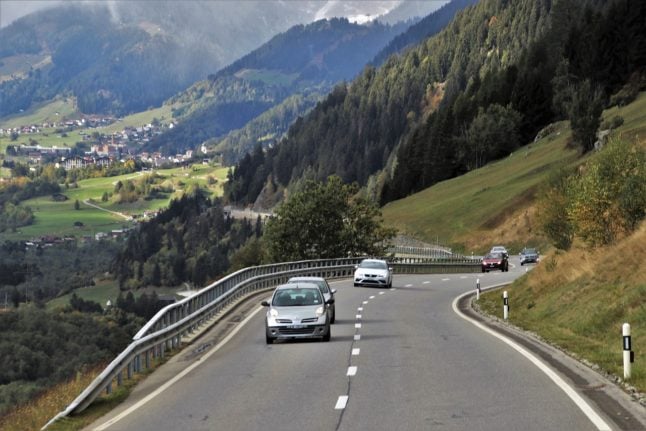The Swedish Transport Administration (Trafikverket) reported that 70 percent of truck drivers with trailers were speeding.
A new investigation carried out by the Swedish Transport Agency (Transportstyrelsen) and the National Police Board (Rikspolisstyrelsen) indicates that 40 percent of truck drivers with a heavy load are also speeding.
“We found that the heavy trucks have driven at more than 80 kilometres an hour, which they are not allowed to do,” Anders Arvidsson of the Rikspolisstyrelsen told the Dagens Nyheter newspaper.
“We haven’t measured for speeding in areas where the speed is below 80 kilometres per hour.”
With the sheer weight of such vehicles, the impact during an accident is even more severe with every extra kilometre over the speed limit.
Arvidsson claims that the drivers of these vehicles should be role models for other drivers, but are failing to even keep to their own rules, and are often in violation of their own resting times.
Claes Tingvall at Transportstyrelsen claimed that the lawbreaking drivers were a reflection of the norm.
“This confirms what we already knew, that drivers are infringing on tspeed limits and their resting times. It’s more or less planned,” he told DN.
Now, the police are planning to crack down on the drivers in an effort to slow them down, and lessen the severity of any possible accidents in the future.
“We aim to bring down the average speed and make the accidents less serious,” Arvidsson told the paper.
The Local/og




 Please whitelist us to continue reading.
Please whitelist us to continue reading.
Member comments